History
Former fortress
The current remains of Schaesberg Castle date back to between 1571 and 1616, and the estate to 1650. The castle was built by the Van Schaesberg family on the foundations of their former fortress. The name Schaesberg appears in the area from the beginning of the 14th century onwards. After the death of the last aristocratic owner in 1733, the castle become uninhabited and fell into disrepair.
Second world war
During the second world war the farmstead become the property of the German Baron Von Brauchitsch (Rimburg) whilst the castle belonged to the Von Schaesberg family. After the war the castle and farm were designated as enemy-owned property: the castle was reclaimed by the Dutch state and sold to the municipality of Schaesberg in 1949.
Farm castle
The property was used as a farm until 1964 and known locally as the ‘Boereslot’ - the ‘Farm Castle’. In 1965 the middle entrance tower of the gatehouse collapsed, and a month later one of the adjacent buildings caught fire. In 1968 the farmstead was condemned due to the risk of collapse, but the ruins of the castle did not suffer this fate.
In the 1970s and 80s the ruins were enclosed, making the contours of the farmstead visible. Before the establishment of the Schaesberg Castle Estate Foundation, the canals on the site were used mostly for sport fishing.
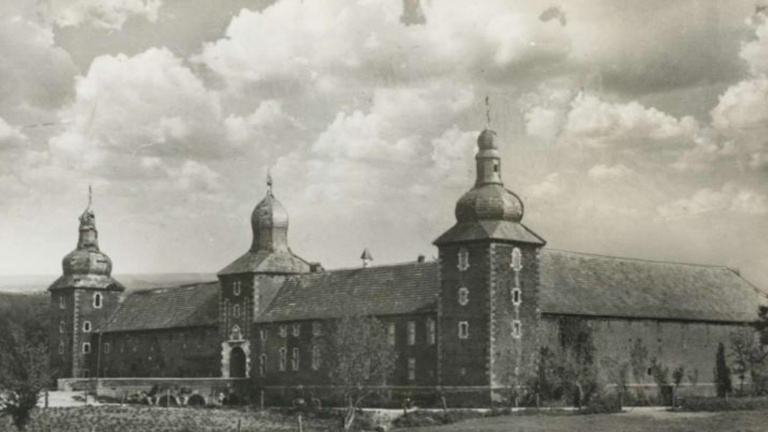
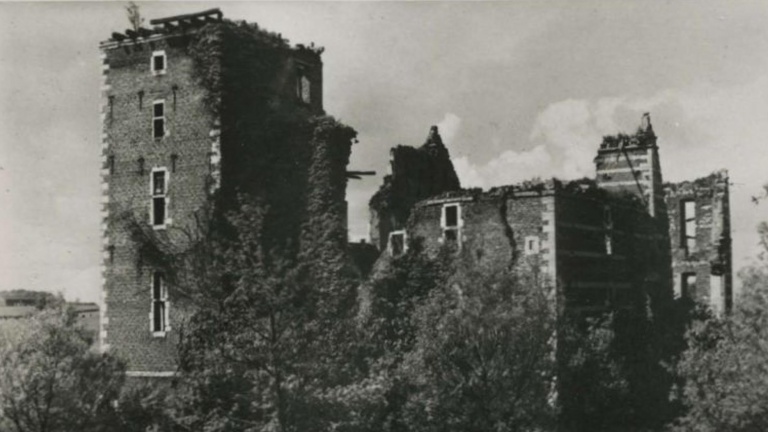
The Development and Planning Phase
In 2008 Landgraaf district council considered rebuilding the castle and farmstead. Two successful reconstruction projects had recently been carried out: the French mediaeval château of Guédelon and the 17th-century Dutch East India Company ship Batavia in Lelystad. The council believed that the site could be rebuilt using traditional and scientifically responsible techniques that would benefit the area’s cultural heritage. It began drawing up plans with BOEi (The National Society for the Conservation, Development and Exploitation of Industrial Heritage), and these were unanimously approved in 2011.
The Pioneer Phase: Paving The Way
Preparations for the project began in 2012. The first grant applications were submitted to the council and to Parkstad, which is part of the province of Limburg. In 2013, work began on archaeological research and site preparation. We also started working on less high-profile processes such as business infrastructure: marketing and communications, networking with other organisations, and creating a workspace for volunteers, interns, and project managers.
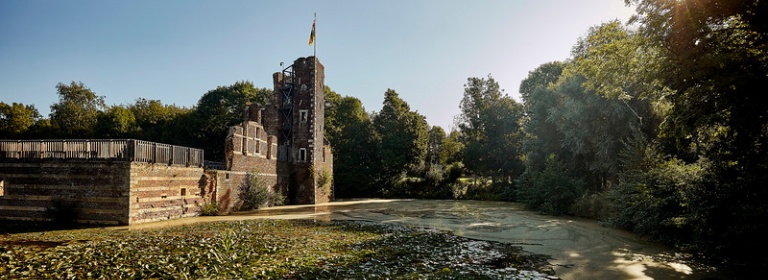
Setting up the Schaesberg Castle Foundation
The foundation was established in August 2013, with the mission of rebuilding the castle and the farm. It aimed to establish the site as a carefully restored tourist attraction that improves the knowledge and mastery of 17th-century building techniques and traditions, and to safeguard and disseminate this knowledge by creating an internationally respected heritage campus. The project follows five key principles: tourism, knowledge, education, traditional craftsmanship, and social impact.
Castle Towers
When the archaeological preparations were completed in 2014, the next priority was to make the castle towers structurally sound. With the help of BOEi, a steel support system was designed to connect the fabric of the building to the tower.
The Visitor Centre
The visitor centre was built in 2015 by volunteers, interns, and work experience staff. This multipurpose building is the hub of the castle, used both by visitors and by those involved in the project.
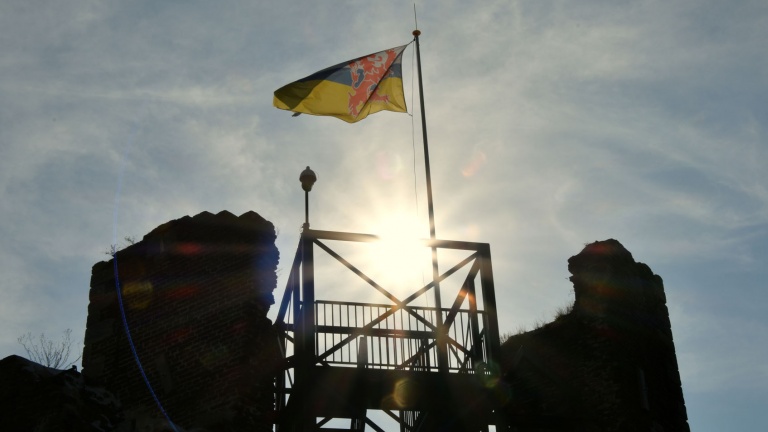
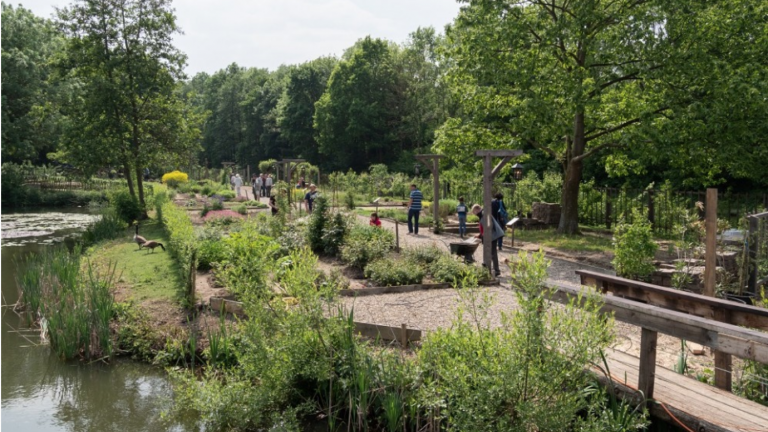
Construction of the utility gardens
Work on the utility gardens began in 2015 on the large L-shaped island behind the castle, in collaboration with the Historical Vegetable Garden in Beesel. It consists of twelve sites, including vegetable, medicinal, and fragrance gardens. This is a long-term project with a solid scientific basis.
Castle access
In 2016 a walkway, ramps, and stairs were added to make the castle ruins fully accessible to the public. These provide an overview of the current and future state of the project, such as the site of the forge and the creation of the historical garden.


